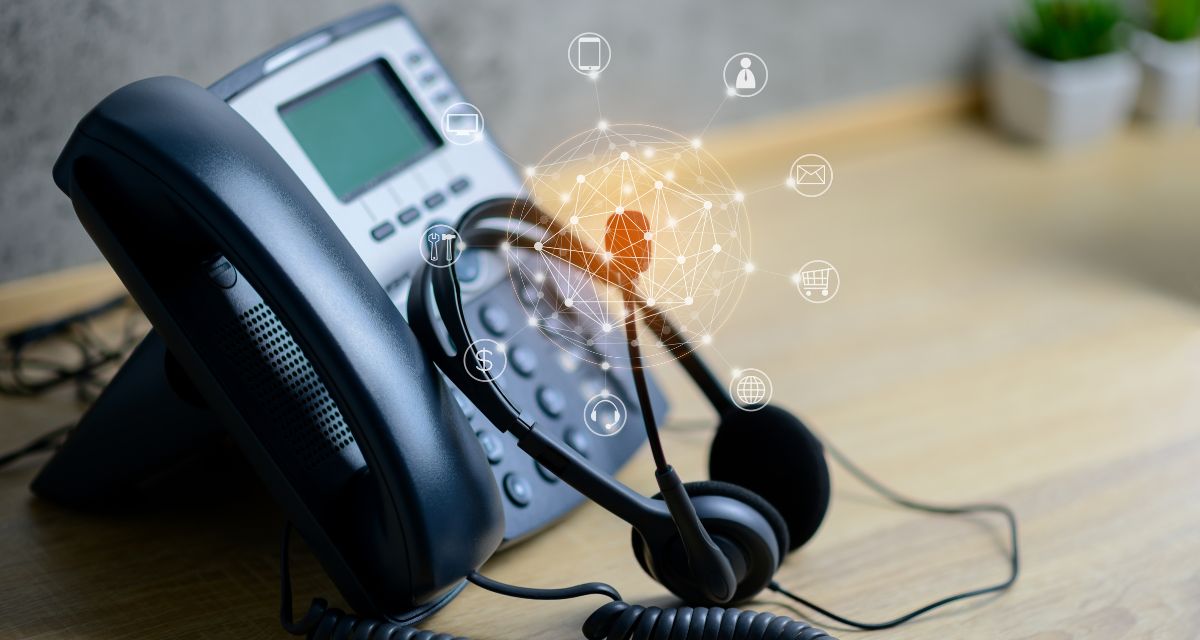What is Voip ?
VoIP, or Voice over Internet Protocol, is a method for taking analog audio signals, like the kind you hear when you talk on the phone, and turning them into digital data that can be transmitted over the Internet.
How does it work? In order to understand how Voip works, it is first important to understand how regular phone calls work.
Analog audio signals are converted into digital data by a process called sampling. In this process, the amplitude of the analog signal is measured at discrete intervals, typically 8,000 times per second. This data is then turned into bits that can be transmitted over a digital network.
To transmit these digital signals, they must be packaged into packets. A packet is a small chunk of data that includes not only the digital audio data, but also information about where the packet came from and where it is going. When these packets are sent over the Internet, they are routed to their destination by a series of interconnected routers.
At the receiving end, the packets are reassembled into the original analog signal and sent to a speaker so you can hear the person on the other end of the line.
The quality of a Voip call depends on a number of factors, including the speed of your Internet connection, the amount of bandwidth that is available, and the codecs that are used to encode the data.
Codecs are algorithms that are used to compress and decompress digital data. The most common codec for Voip is G.711, which compresses the data to about 60 kilobits per second.
G.729 is another common codec that uses a slightly different algorithm to achieve a higher degree of compression, resulting in a bitrate of about 8 kilobits per second.
The tradeoff for using a higher degree of compression is that the quality of the call may suffer slightly.
Another factor that can affect the quality of a Voip call is jitter. Jitter is the variation in the time it takes for packets to arrive at their destination.If packets arrive too late or too early, it can cause the sound to break up or become garbled.
To combat jitter, most Voip services use something called jitter buffering. Jitter buffering essentially stores the incoming packets in a buffer for a short period of time, and then sends them to the receiving end in a steady stream.
This helps to ensure that the packets arrive at their destination in the proper order and without any gaps.
The bottom line is that Voip is a very versatile technology that can be used for a variety of purposes.
It is relatively easy to set up and use, and it can provide a significant savings over traditional phone service.
If you are considering Voip for your home or business, be sure to do your research and shop around for the best deal.
And be sure to test your connection before you make the switch!
Do you need help with VoIP for your business? Please contact us at info@linkedip.com or call us at 1-800-969-0164.




